Minimalism: The Art of Keeping It Simple
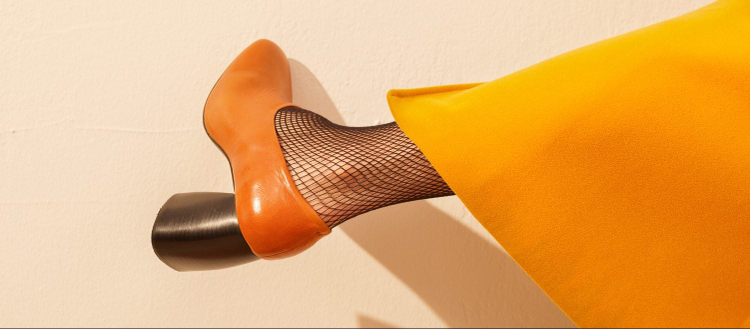
More and more, brands are realizing that consumers want less — less packaging, clean design, functional products, and simpler interactions online. It’s part of a widespread movement toward minimalism, and it’s touching our lives in lots of ways.
Take, for example, the new online marketplace, Brandless. They sell artisanal, ethically-sourced foods and household products, and they keep prices low by packaging at a bare minimum — catering to consumers’ desire for less packaging, simplicity in sourcing, and a minimalist lifestyle that reduces the impact on the planet.
In fact, scores of companies are embracing the minimal when it comes to the look and feel of their packaging. Consider the very simple illustrations of basic ingredients on jars from Terra Verde honey and boxes from seafood company Pepus. Even Bud Light is making the move toward a minimalist aesthetic with its new monochromatic can and bottle design. According to Alexander Lambrecht, vice president of Bud Light, the new design language is “…much more single-minded, [with] much more simple sophistication.”
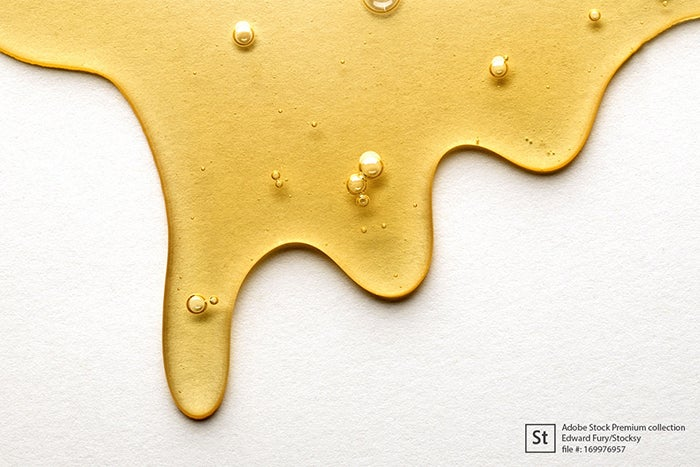
Image Source: Adobe Stock
The Spanish company Laserfood may take the prize when it comes to minimalism in packaging — they etch product information directly onto fresh fruits and veggies, making even those tiny produce stickers obsolete.
On the homefront, consumers are embracing minimalist design in décor and architecture, too. For example, the growing popularity of Scandinavian chic focuses on coziness without excess. The hallmarks are warm, tactile surfaces, simple colors drawn from nature, and natural materials designed to last (reducing the need keep buying more). And the tiny house movement is an even more radical take on minimalism — celebrating homes that range in size from 65 to 400 square feet. Tiny house-ers embrace the minimum, and show that with less of life’s “stuff,” maintenance and bills become minimal, too.
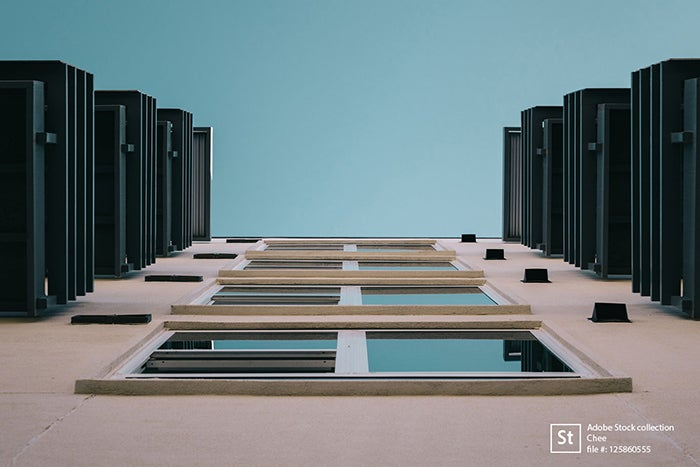
Image Source: Adobe Stock
Consumers are even demanding minimalism in their online interactions. Retailers like the Korean apparel company IAMSHOP and detox drink maker Dirty Lemon are now allowing customers to make purchases by simply commenting on an Instagram post. And the online payment service Stripe enables payment by text message.
Visualizing minimalism.
Minimalism is making its mark in visual arts and design too — from simpler website layouts with fewer words and minimal calendar apps, to clean photos with plenty of white space, and nostalgic art that harkens back to a simpler time (or at least one that feels simpler in the rosy glow of memory).
Scott Balmer, an illustrator with roots in printmaking, embraces minimalism in his pieces. His inspirations are retro — drawing on aesthetics from the 1950s, 1960s, and 1970s. His lines are simple and bold, and his clean, unexpected colors give his work a graphic vibe. Scott describes his style as “simplified to the point where there is information, but it’s not too much, and it’s not too little either.”
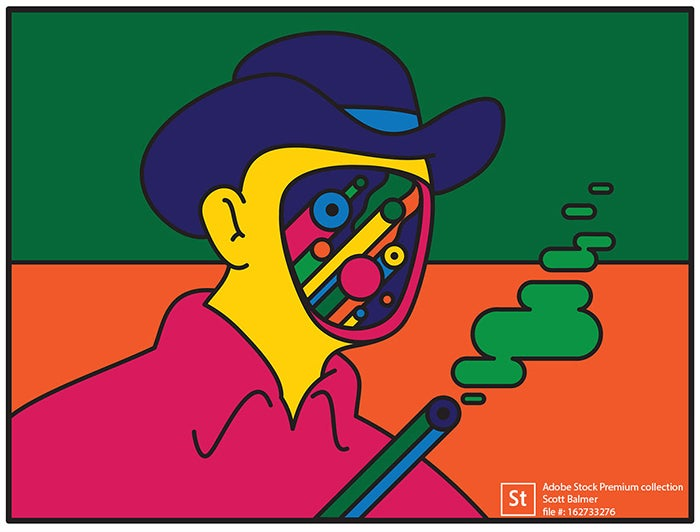
Image Source: Adobe Stock
Design firm and Adobe Stock contributor Filmgarden creates “minimal images [for] maximum impact.” “Our brains are hardwired to notice the simple details that keep us alive and thriving, which is why humans are naturally more drawn to a clear, clean image,” explains the firm’s owner and creative director, Tegan Ptasznyk.
Filmgarden’s work ranges in subject matter from “fancy fruits” to thought-provoking conceptual pieces. Their aesthetic includes plenty of open space, and solid pastel backgrounds with quirky, often surreal, images at the center of everything.
When it comes to making a minimalist image that really stands out, Tegan advises, “Make it easy and pleasing on the eye of the viewers… Every minimal image should be colorful, conceptual and clever.”
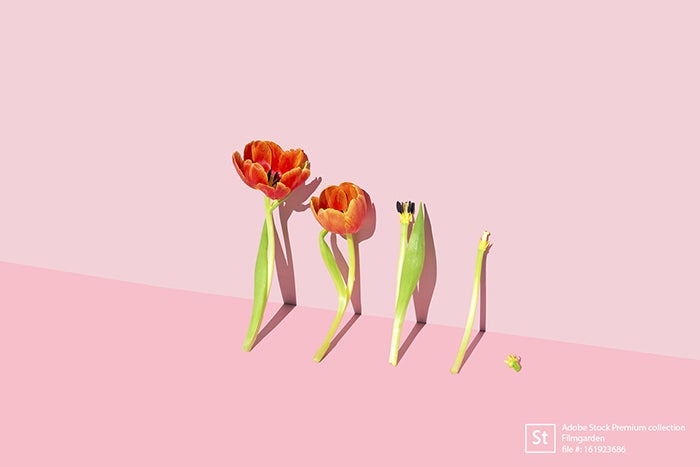
Image Source: Adobe Stock
More minimalism coming up.
Follow us the rest of this month as we talk to artists embracing minimalism and check in with some of 2017’s trendsetters to find out their plans for the new year. And don’t miss our dedicated gallery of minimalist Adobe Stock and our predictions for the visual trends that will shape 2018.